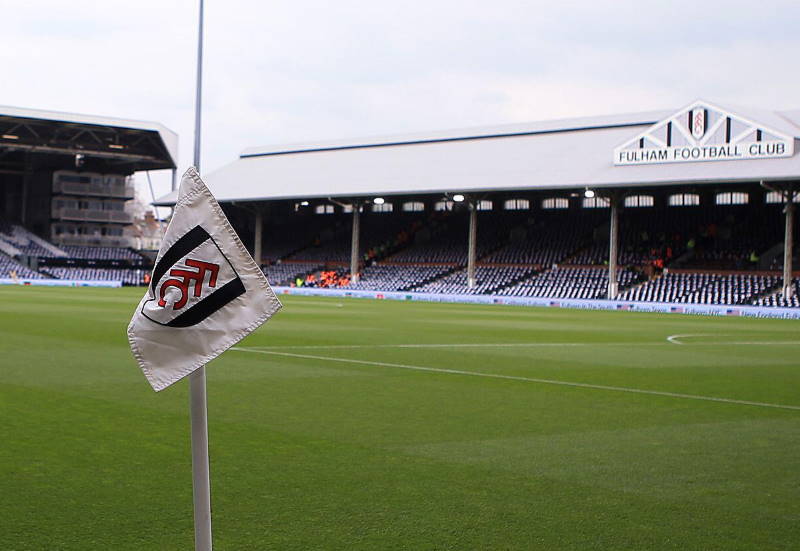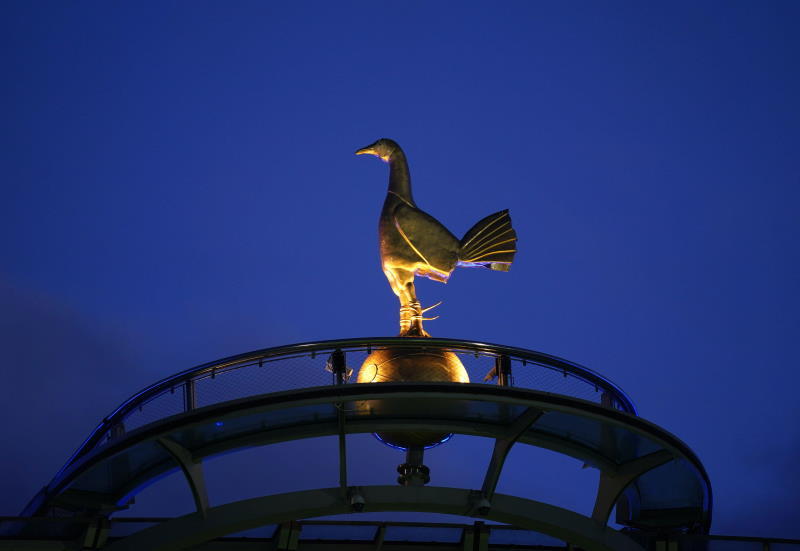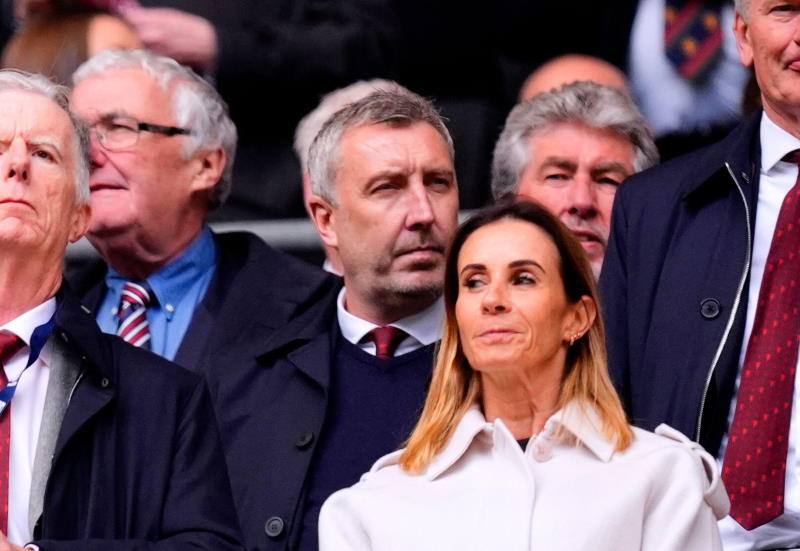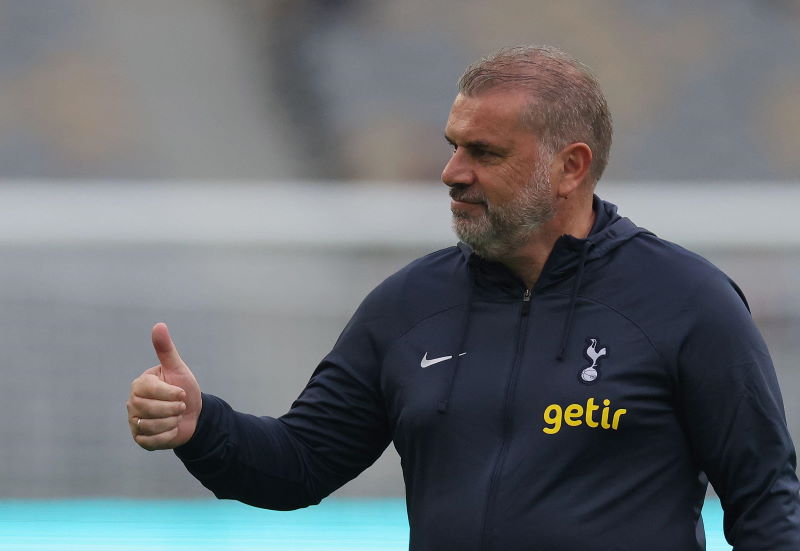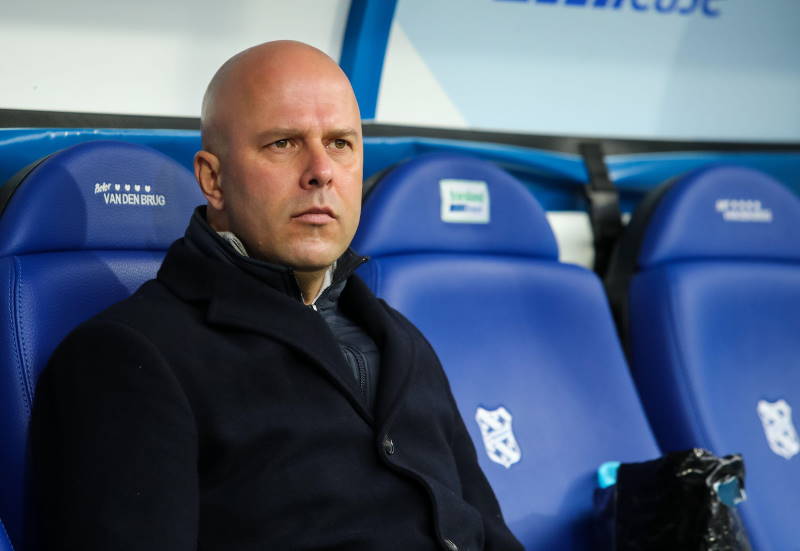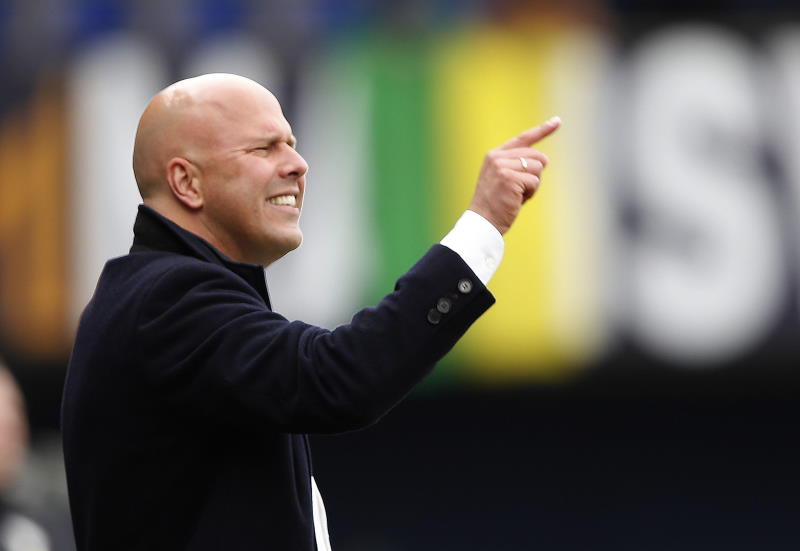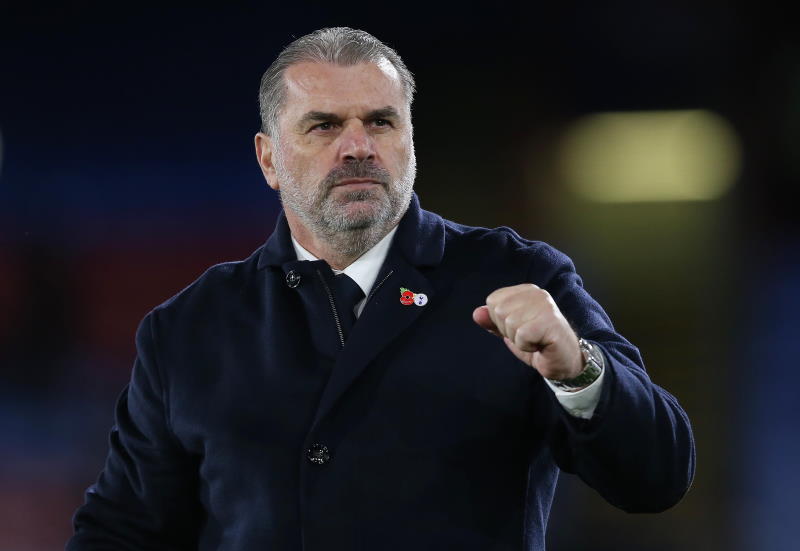
Joe McQuoid
Situated just short of 1300km south of mainland Spain and 100km from the west coast of Morocco, are the Canary Islands.
Made up of seven main islands – Tenerife, Gran Canaria, Lanzarote, Fuerteventura, La Palma, La Gomera and El Hierro – the Canaries are more often referred to as a perfect holiday destination than a hotbed for brilliant football clubs, but in recent years the islands have developed a knack for producing some of Spain’s most talented players.
Whilst Pedro Rodriguez and David Silva are the Canaries’ two most notable exports, following their contributions to Spain’s recent World Cup success, other players who originate from the islands include Greek outfit PAOK’s defensive midfield star Victor Vitolo, Real Betis pair Momo and Ruben Castro, Sporting Gijon’s attacking midfielder Carmelo Gonzalez and Mario, the talented Getafe defender, who remains sidelined after rupturing an Achilles tendon away to BSC Young Boys in the Europa League, back in September.
Although the islands maintain a healthy competence for producing talented individuals, following Tenerife’s relegation from La Liga to the Segunda Division last season, none of the Canary Island sides currently ply their trade in the top flight, and the two most prominent clubs – Las Palmas and Tenerife – are now locked in a bitter battle to avoid relegation to Spanish football’s third tier.
Inside the game takes closer a look at football on the four islands:
 Tenerife
Tenerife
Population: 907,000
Capital: Santa Cruz de Tenerife
Area: 2,034 sq.km
The largest of the seven islands, Tenerife, boasts two leading football clubs.
Club Deportivo San Isidro are from the south of the island and currently play in the regional divisions, having fallen out of the Segunda B in 2008, whilst the more famous CD Tenerife, play their home games at the 24,000 all-seated Estadio Heliodoro Rodriguez Lopez in the island’s capital, Santa Cruz, and face a tough battle to secure their Liga Adelante status this season.
With the Tenerife still heavily in debt, and current president Miguel Concepcion expected to step down at the end of the season, the future looks bleak for one of the region’s biggest clubs, unless an investor can be found.
Although the Chicharreros remain precariously placed, second from bottom, with the bottom four going down, Salamanca and Gimnastic de Tarragona are now within touching distance following a recent good run of form. Antonio Tapia’s men now have a fighting chance of preventing the club from falling into Spain’s third tier for the first time since 1985.
The island side officially came into being in 1922, and famously reached the semi-finals of the UEFA Cup under German coach Jupp Heynckes in 1997, where they were defeated by the eventual winners, Schalke.
Tenerife have never won a major trophy domestically or on the continent, and this, along with reaching the same stage of the Copa del Rey in 1994, is the closest they have ever come. Aside from their ten-year spell in La Liga between the late 1980s and 1990s, Tenerife have traditionally been a Segunda side, spending only 16 out of the past 57 years outside of the division.
Until last season’s brief appearance in the top flight, the club had not played in La Liga since 2001, having been led there by Rafael Benitez, who moved on to Valencia soon after promotion. Unless new investors can ease Tenerife’s current financial troubles this summer, it could be a long time before the club scale those heights again.
 Gran Canaria
Gran Canaria
Population: 846,000
Capital: Las Palmas
Area: 1,560 sq.km
On Gran Canaria, the attention is focused towards the island’s leading club UD Las Palmas, who were until recently placed below Tenerife in the Segunda Division, having not won a league game since November.
However, a revival has seen the club climb out of trouble, sitting 17th (out of 22), although Segunda football next season is not yet assured and a relegation battle is still uppermost in the side’s mind.
A final day showdown with their bitter rivals could determine which of the Canaries clubs will stay up, as there may not be room to accommodate for both in the division next season.
The club play their home games at the Estadio de Gran Canaria, which holds just over 32,500, making it the biggest football stadium on the islands.
In 1978, Las Palmas reached the final of the Copa del Rey where they were beaten 3-1 by Barcelona in Madrid. This remains the closest any club from the Canary Islands has come to winning a domestic trophy in Spain.
Famous players to have worn the yellow of Las Palmas include Juan Carlos Valeron and Croatian winger Robert Jarni, who signed for Coventry City in the summer of 1998 after Real Betis refused to allow him to join Real Madrid. Just two weeks later, and without kicking a ball for the Sky Blues, Jarni got his move to the Spanish capital, with Coventry pocketing a profit of £800,000 in the process.
 Lanzarote
Lanzarote
Population: 127,500
Largest city: Arrecife
Area: 846 sq.km
In Arrecife, the 7,000 all-seated Ciudad Deportiva – which translates as ‘sports city’ – houses the two prominent football clubs on the island of Lanzarote.
UD Lanzarote and CD Orientacion Maritima both currently play their football in Group 12 of the Tercera Division, which is the regional section for the Canary Islands and consists of 21 clubs from the islands and islets.
Due to the distance between mainland Spain and the island groups such as the Canaries and the Balearics, the fourth tier of Spanish football is split into 18 regional leagues to combat unnecessary travelling and the smaller clubs incurring costs that they cannot afford.
Lanzarote currently lead Group 12 and are on course for promotion to the Segunda B division. As two of the three from the chasing pack are the ‘B’ sides from Las Palmas and Tenerife, should their two first teams both get relegated from the Segunda Division, their respective ‘B’ sides would be refused promotion, meaning Lanzarote could still be promoted without finishing first.
 Fuerteventura
Fuerteventura
Population: 75,000
Largest city: Puerto del Rosario
Area: 1,660 sq.km
The island of Fuerteventura has only two representatives in the Tercera Division this season. One is CD Corralejo, based on the northern tip of the island, and the other is UD Pajara Playas, who are located in the south.
There could have only been one club in Fuerteventura, had it not been for the formation of UD Baku (now known as CD Corralejo), after UD Fuerteventura disbanded last year.
UD Fuerteventura was the result of a merger between two of the island’s oldest clubs – CD Corralejo and CD Fuerteventura – which came about in 2004, and took Corralejo’s place in the Segunda B.
Due to this merger, UD Baku formed in protest in 2005.
Following relegation in 2009, UD Fuerteventura was forced to dissolve in 2010 with financial problems and Baku now play under the name of CD Corralejo.

